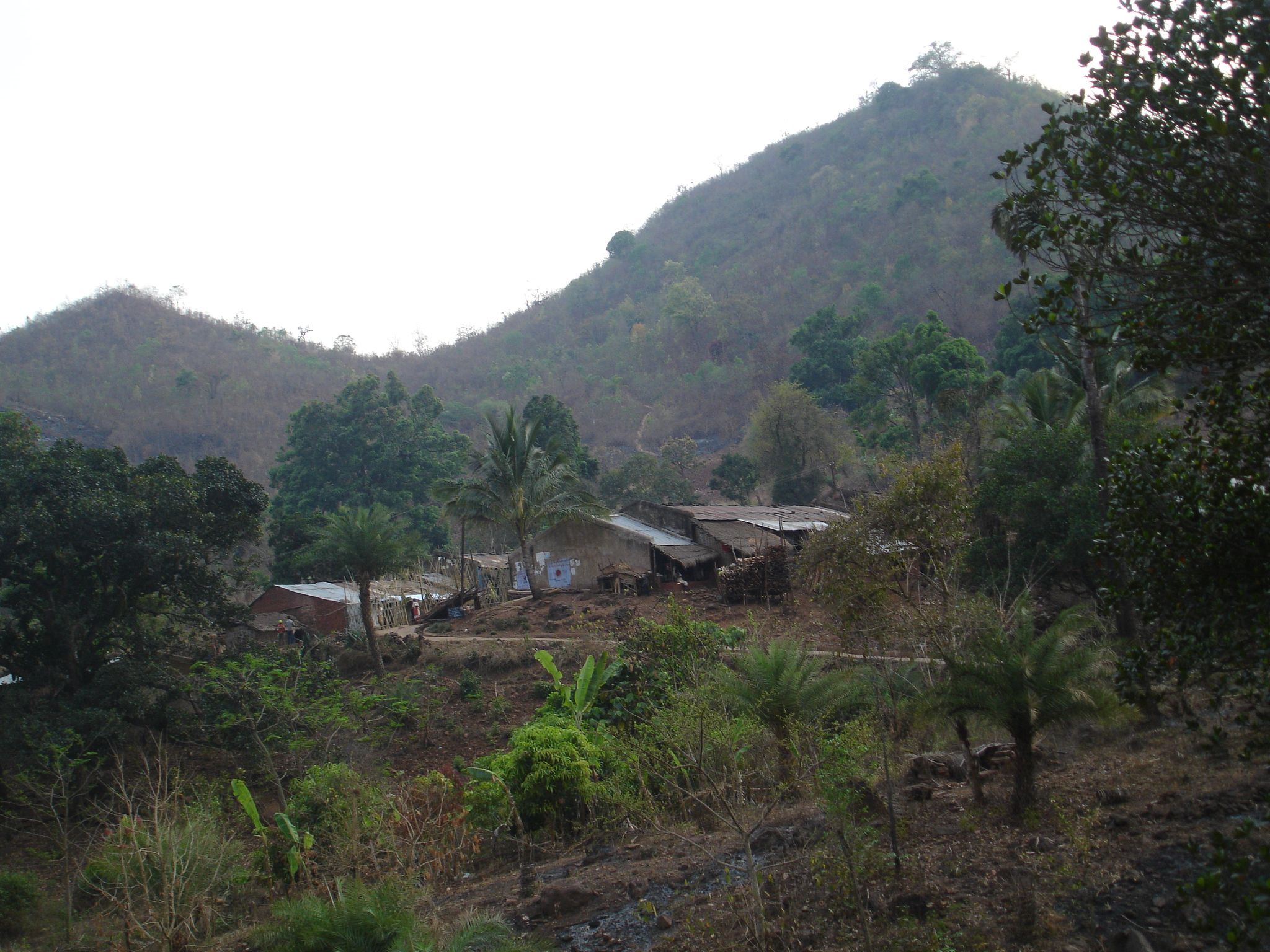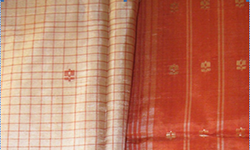
Art history/ Historiography, Crafts, Handlooms, Art
The Dongria Kondh Textiles: Kapdagonda
Sethi, Pankaja
September, 2018
The identity of Kondh textile is distinctive compared to other needlecrafts of Odisha. Dongria Kondh textile represents the social and cultural context of gender as well as their relation with the material culture. In examining the role of gender in the making of handcrafted tradition, this article focuses how the myths and legends associated with the textiles narrate the story of Niyamgiri hills of creation (Fig. 1). The ethnographic material presented here, travelling across time and space, encompasses varied expression of ‘representation and symbolism’ of the kapdagonda (textiles in the local kui dialect) and Niyamgiri.
These groups of Adivasi live in the Niyamgiri hills of Kandhmal district of Odisha, practising slash and burn farming for sustenance for several generations. Dongria Kondhs are basically agriculturists and among their community it is the women who primarily contribute towards agriculture. They consider themselves close to nature and their association with Niyamgiri is similar to the notion of ‘people understanding of their environment as their parent’.1 Kondhs look towards the nature as their giver, Niyamgiri thus as
[gallery ids="162387"]
the creator, protector obliges kondh to follow his rules or ‘niyam ku niyam’ and satisfy him with Meriah Purba-human sacrifice.2 According to them, it is the Niyam Raja who created the customs, the god and goddess, the river and the vegetation. Hence, the Niyamgiri hills where they live are subject to the mercy of Niyam Raja and still belong to Him. They follow what He said and fol...
This is a preview. To access all the essays on the Global InCH Journal a modest subscription cost is being levied to cover costs of hosting, editing, peer reviewing etc. To subscribe, Click Here.



